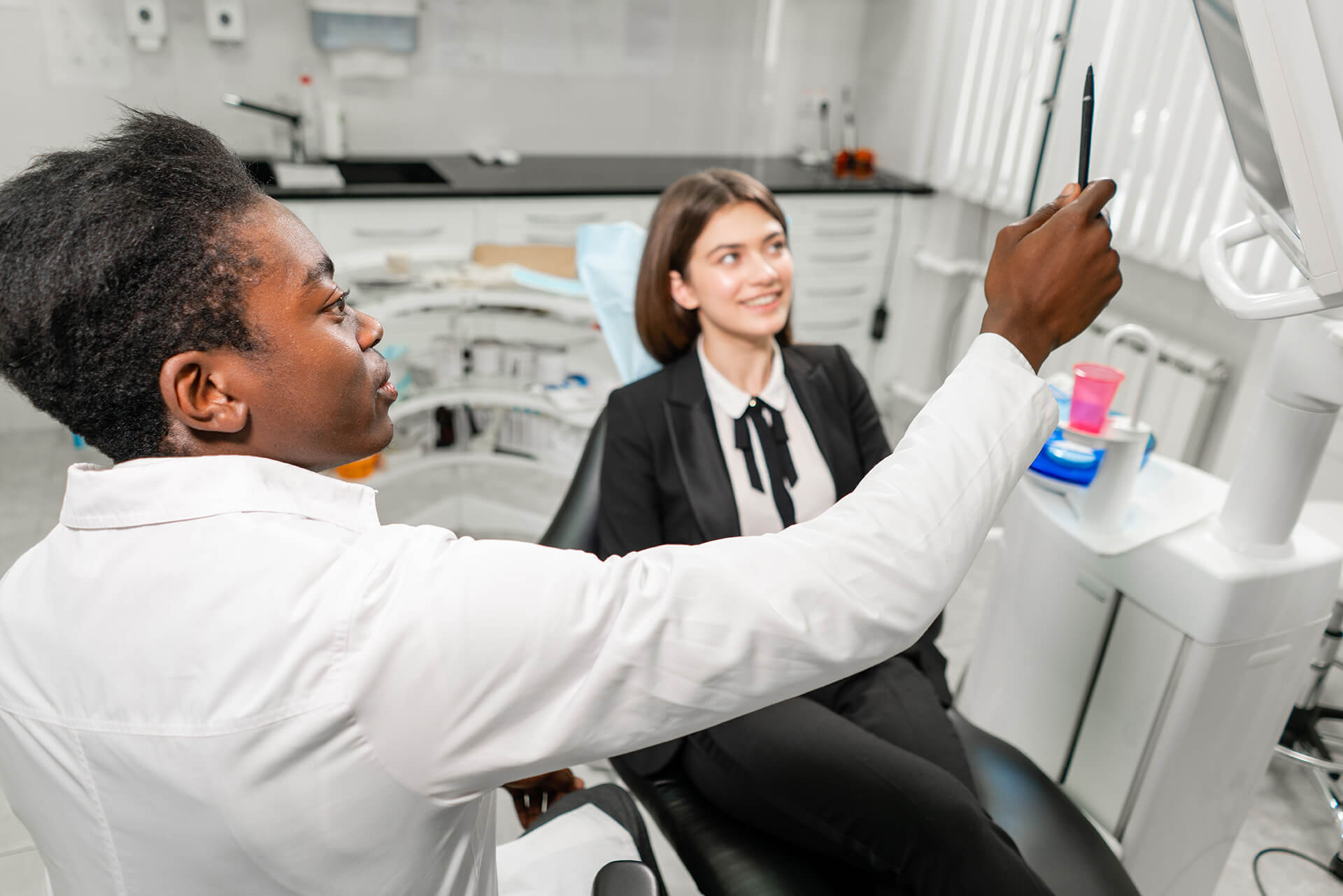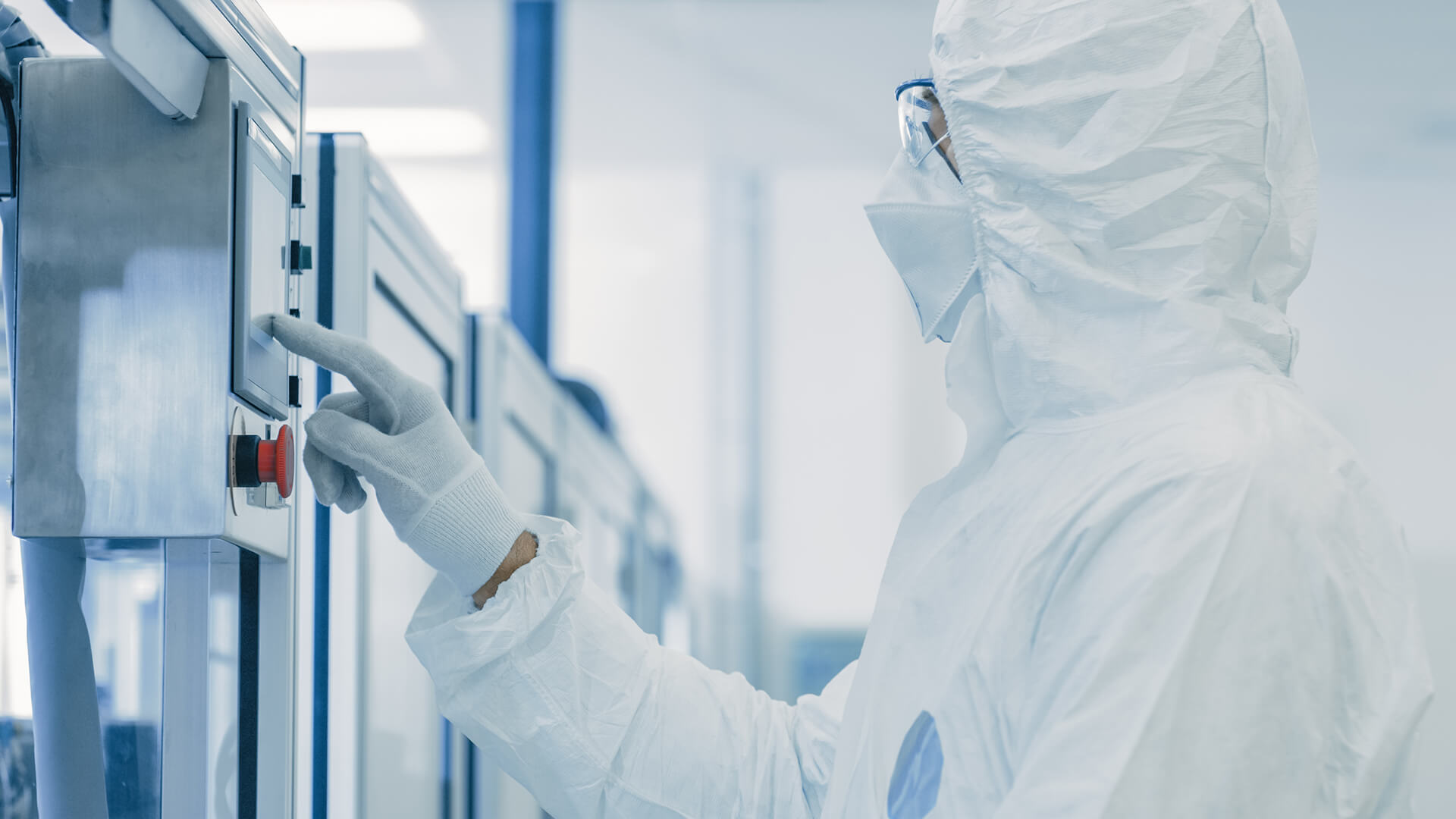
Behind the Scenes: Designing Virtuosi’s VR Interactive Experiences
Jake Schwartz, who leads development of QxP Virtuosi’s virtual reality (VR) Interactive Experiences, explains: (1) what surprised him most about the rigors of pharmaceutical manufacturing; (2) how the real-time feedback of Interactive Experiences prepares new hires to perform exacting operations with confidence; and (3) the benefits of having new hires use the Virtuosi system as a foundation before working with a live trainer on a company’s specific equipment. Jake’s insights are based on his three years working with the pharma and biotech experts at Quality Executive Partners (QxP) to develop the Virtuosi education program.
Question: What has surprised you most about the rigors of pharmaceutical manufacturing?
Jake: The large gap between what is required for correct aseptic behavior versus our natural tendencies. When somebody tells you that your actions need to be slow and deliberate, we all have our own interpretation of what that means. Until you start to quantify movement speed and provide real-time precise feedback when a movement exceeds hard limits, you don't realize how often you might accidentally be moving too quickly, or violating first air or whatever it might be. Producing safe, high-quality medicines requires operators to be intensely methodical and precise. The degree of intent it takes to make sure that you're behaving in line with best practices, rather than your natural tendencies, is what has surprised me the most.
Question: How do you design virtual reality Interactive Experiences so that the person knows when they move too quickly?
Jake: Virtual reality’s precise tracking and frame by frame analysis enable us to create a system that monitors movements and provides the learner with real-time feedback. It tells the learner right then and there when they moved too fast, or when they violated first air. This is the best way to truly learn, and develop the muscle memory for, the intricate, very particular behaviors required for pharmaceutical manufacturing.
There are a lot of things that VR allows us to monitor and to keep track of in a way that, frankly, even the most observant and focused trainer would struggle to keep track of given everything that has to be monitored all at once. We can precisely monitor whether your hand has violated the first air of a container, or whether you've incidentally touched the surface while you weren't looking, or if you’ve moved too quickly in a non-aseptic manner. These are all things that you as the trainee, you as the learner, would very likely not even notice because you've just made an error by accident.
The VR feedback operates as a constant coach to provide warnings and guidance and error messaging. It tells you “Look over here; you accidentally just touched something with this other hand”; “the way that you're holding this object is not in line with best practices”; or “you're exposing the wrong side of a surface to first air,” stuff like that. It catches every little mistake.
Another benefit of practicing in a VR Interactive Experience is that the trainee can do it on their own, without the stress of making mistakes in front of a trainer. They can practice in the simulated environment until they feel confident. Then when they are ready, they can demonstrate their skills in front of a trainer or manager.
Question: If you were a trainer, what do you think the benefits are of somebody coming in after having done Virtuosi versus cold?
Jake: From an SME or a trainer perspective, the benefit of having somebody go through Virtuosi’s video courses to learn the “why,” and virtual reality Interactive Experiences to learn the “how,” is that Virtuosi provides a solid primer, providing the foundational knowledge and experience needed to move to the next step. This means, by the time an SME or a trainer is instructing a learner, the learner already understands the required terms, concepts, and skills.
For example, after the employee takes the courses and does the Interactive Experiences in the Virtuosi program, you can have confidence that they have a foundational understanding of why first air is important. They understand the concepts and importance of working in a clean to a non-clean workflow. They understand the fundamentals of aseptic techniques and behaviors. And they have gained skills in the virtual reality Interactive Experiences of performing operations with these fundamentals in mind. When they go from a virtual environment to the real thing, it won't be their first time.
When they execute one of these procedures, there's a higher likelihood that they will already know what it is that they're supposed to do and how they are supposed to do it. It'll also make it easier for them to pick up and learn the specific SOP or work instructions that they need to follow. At the same time, they will recall the virtual Interactive Experiences training, specifically. The little voice in the back of their head will be saying, “I remember this from training. If I am not cautious and I'm not paying attention to where both of my hands are at all times, I might accidentally violate first air.”
Virtuosi’s 2-step program of teaching the “why” with the video courses and teaching the “how” with the virtual Interactive Experiences, fully prepares the employee with those first learning sessions and gives them a higher chance of success when they start on-the-job training in the real environment.
Jake Schwartz is the Senior Executive Director of Innovation and Technology at Quality Executive Partners, the creators of the Virtuosi® education and training program for pharma and biotech manufacturing operators.










